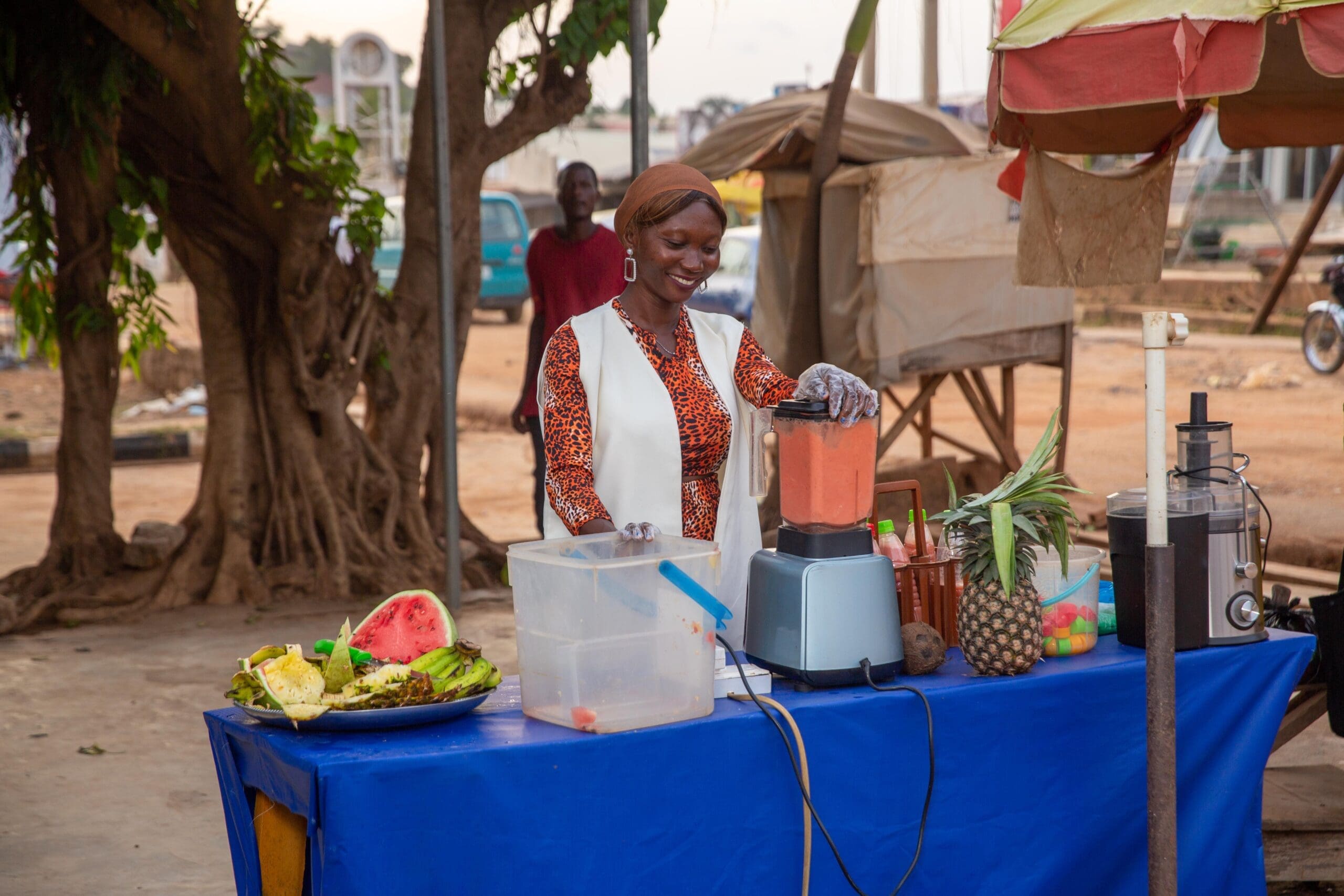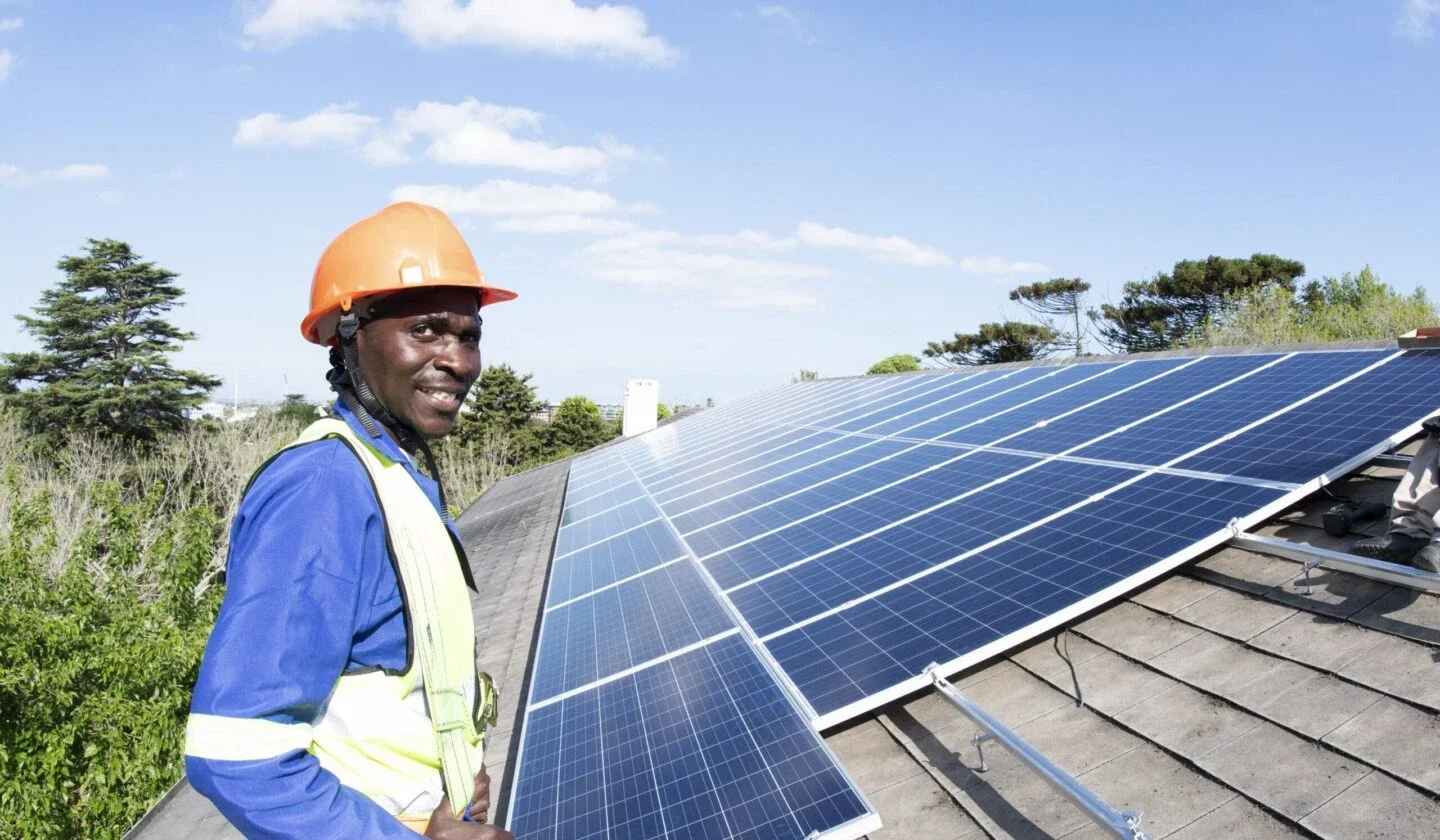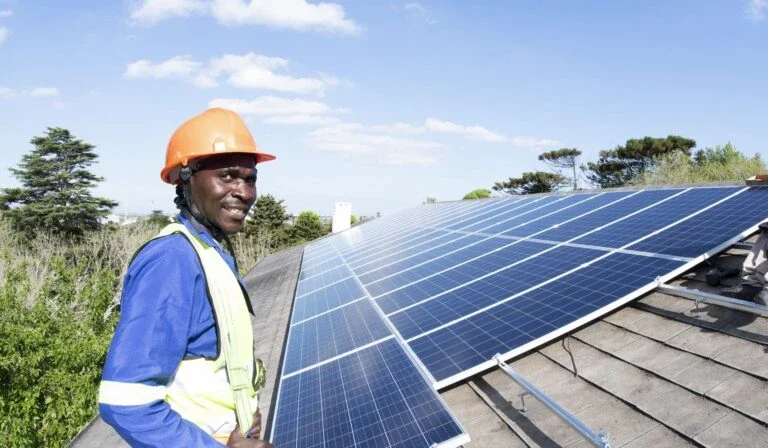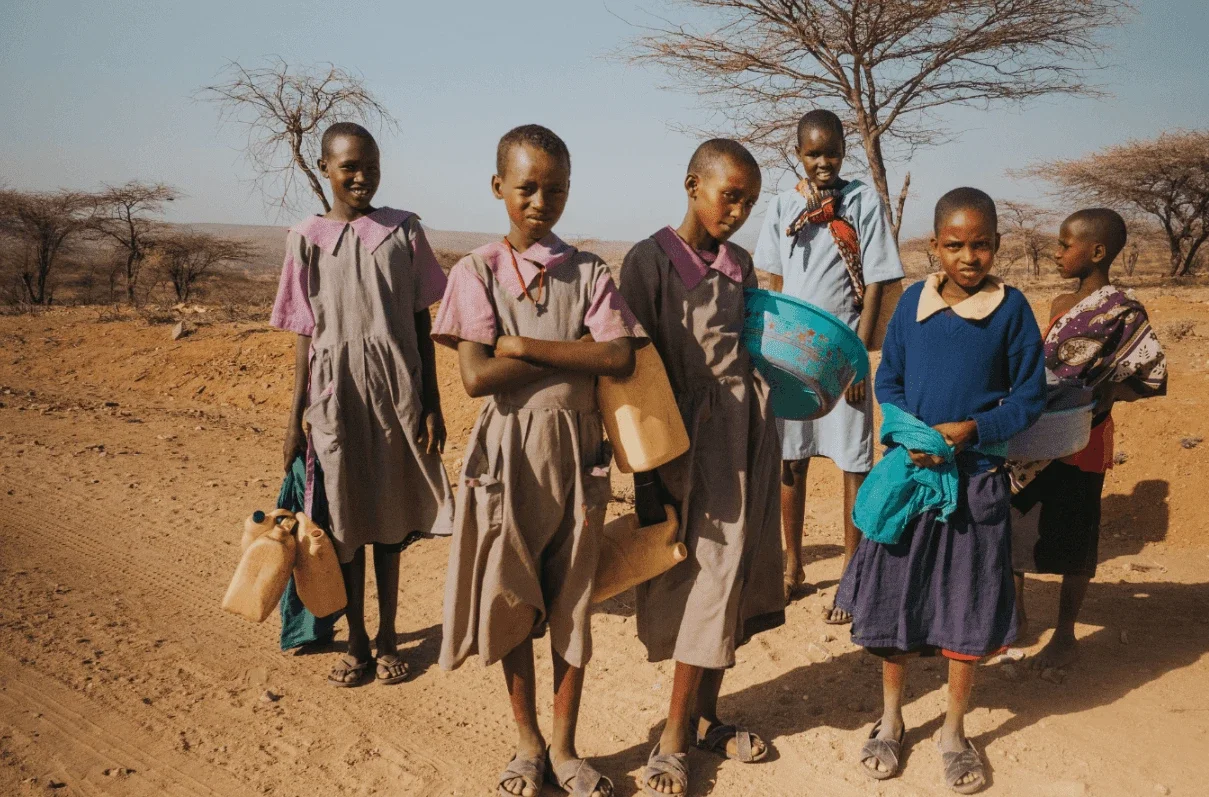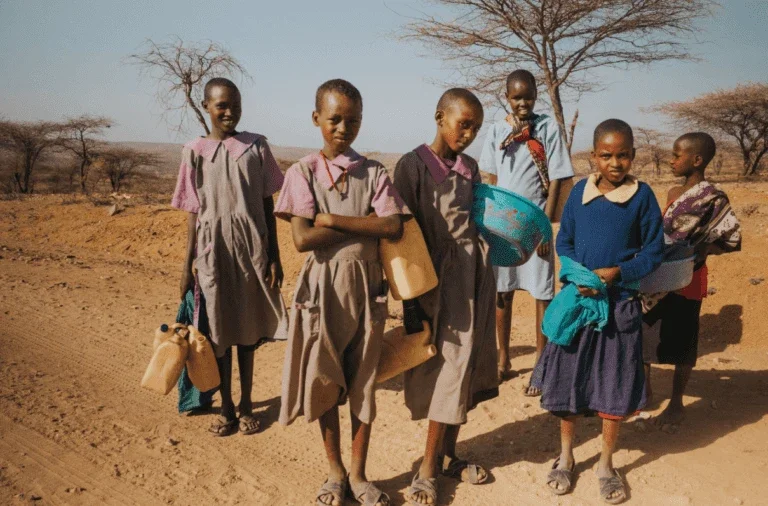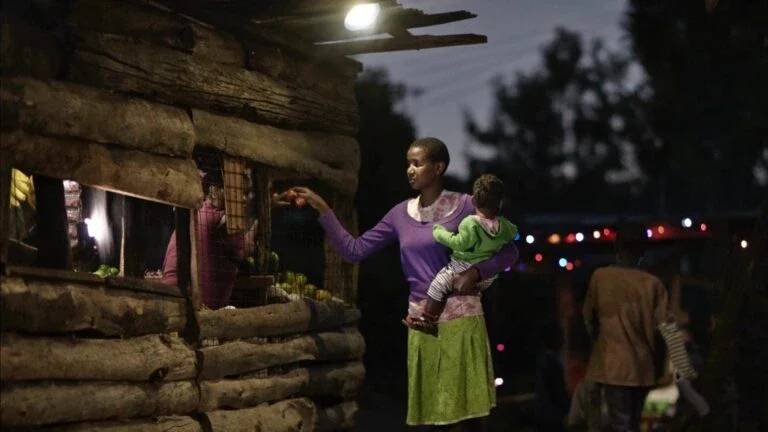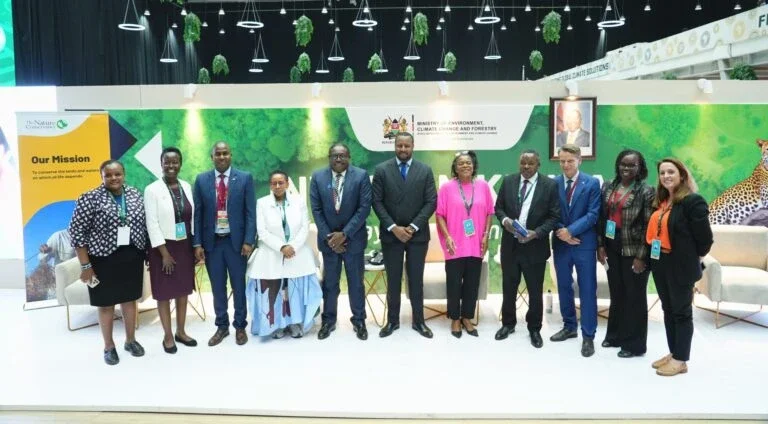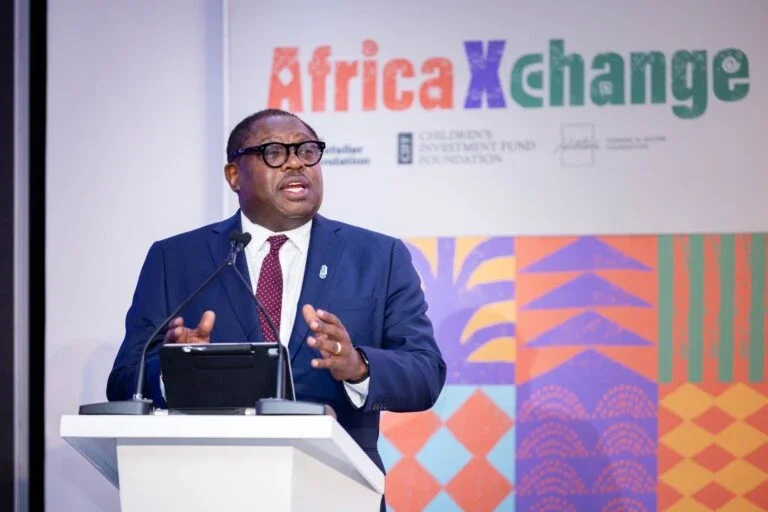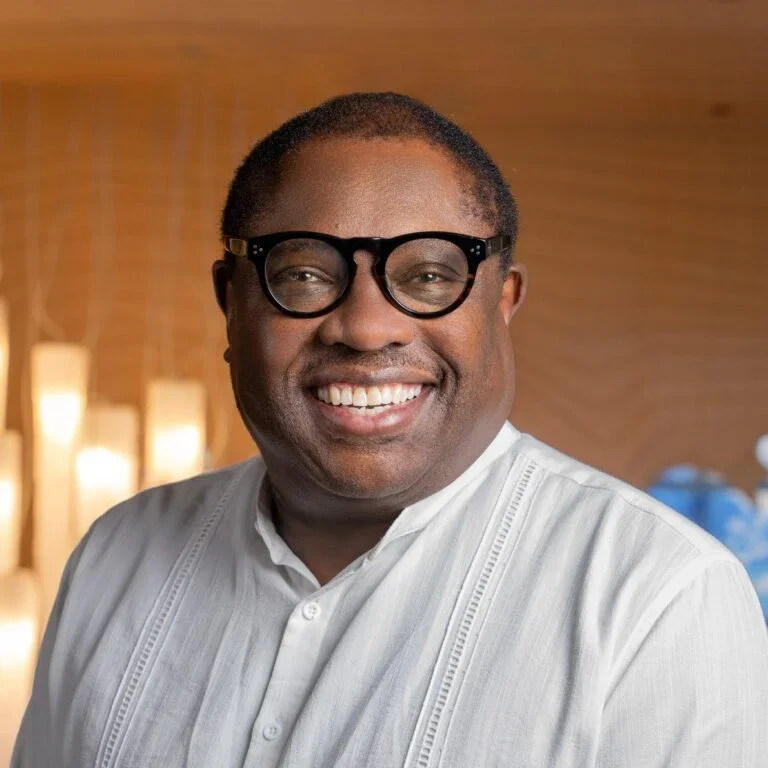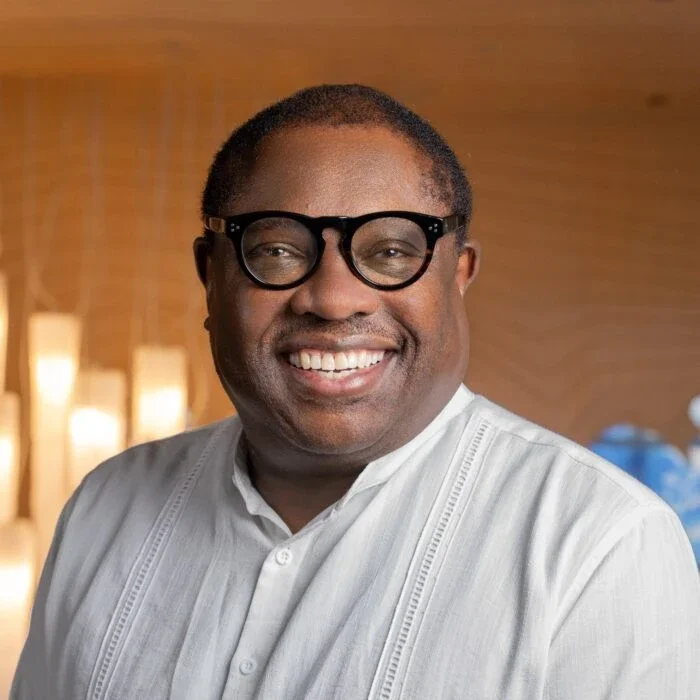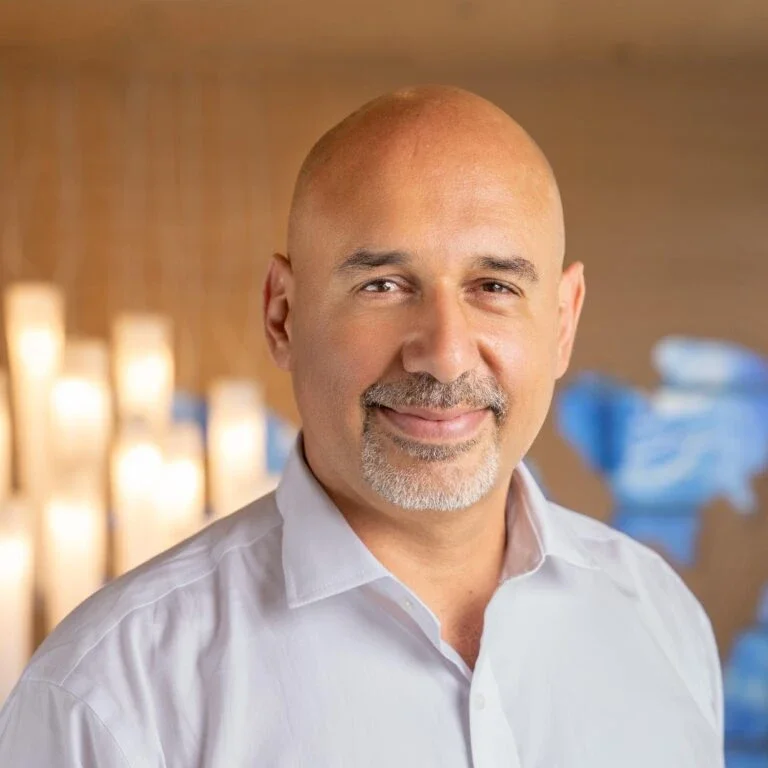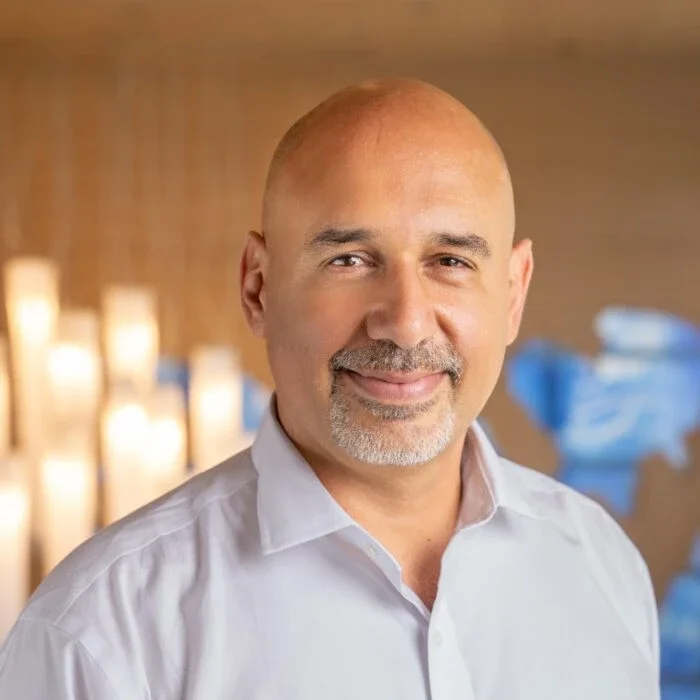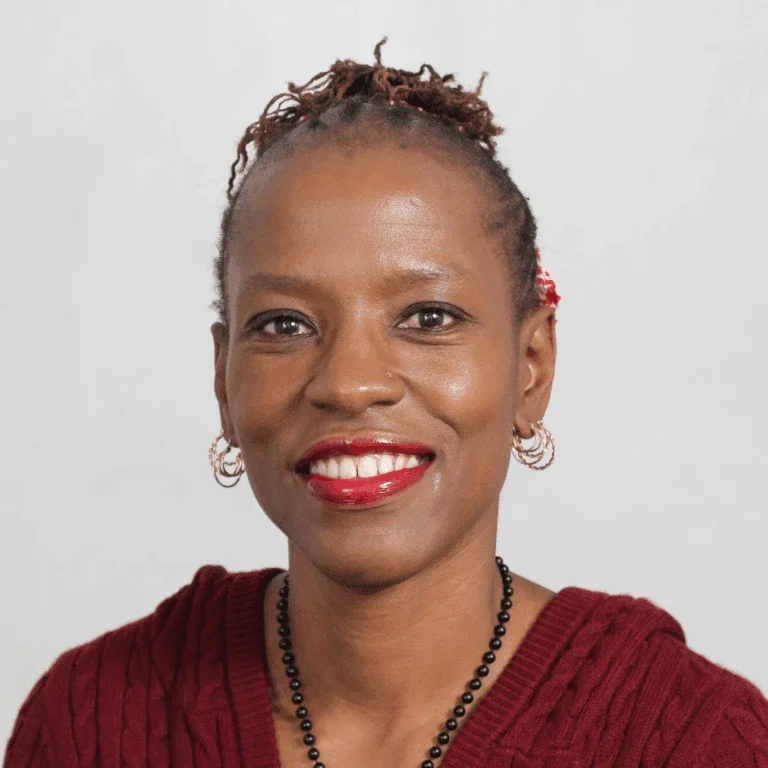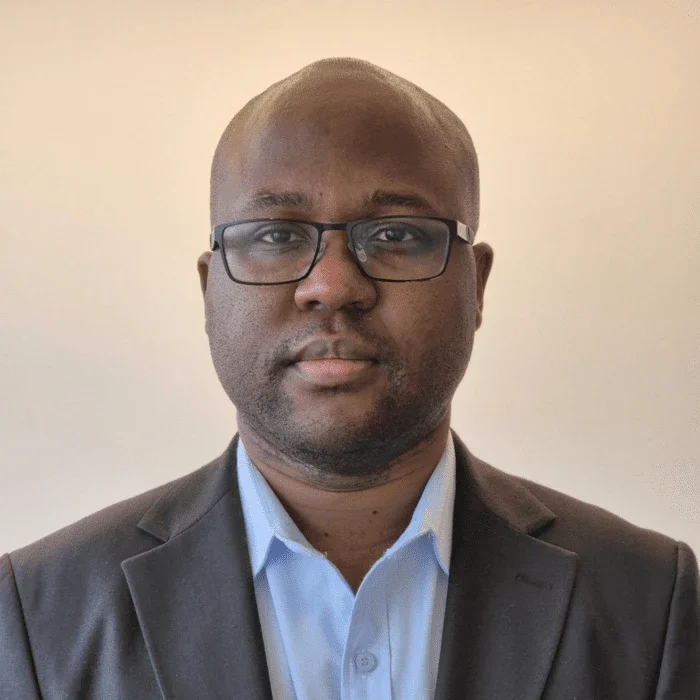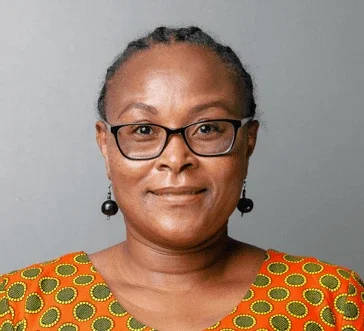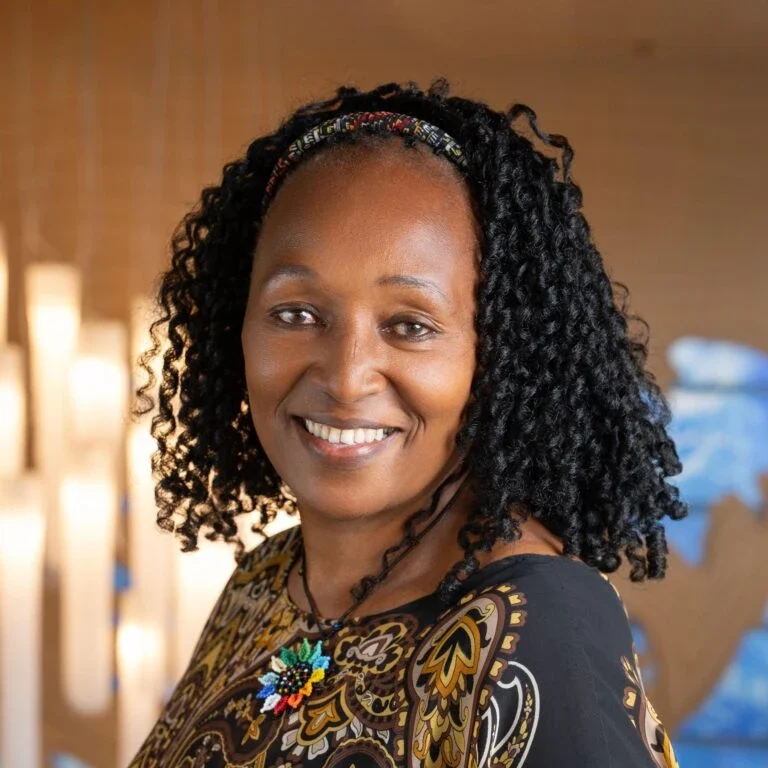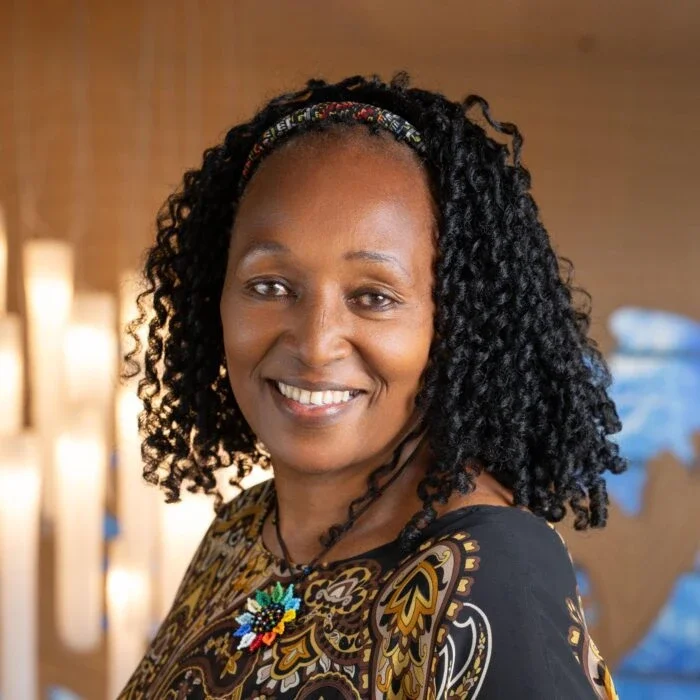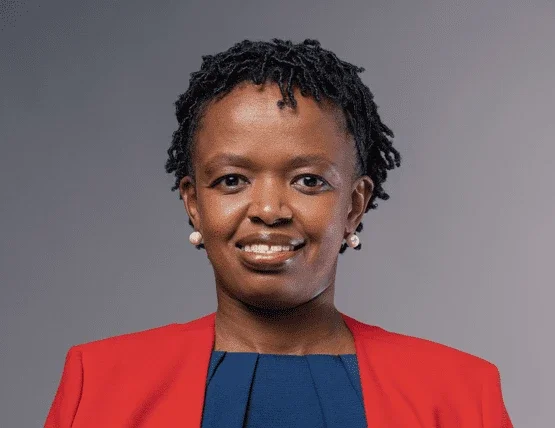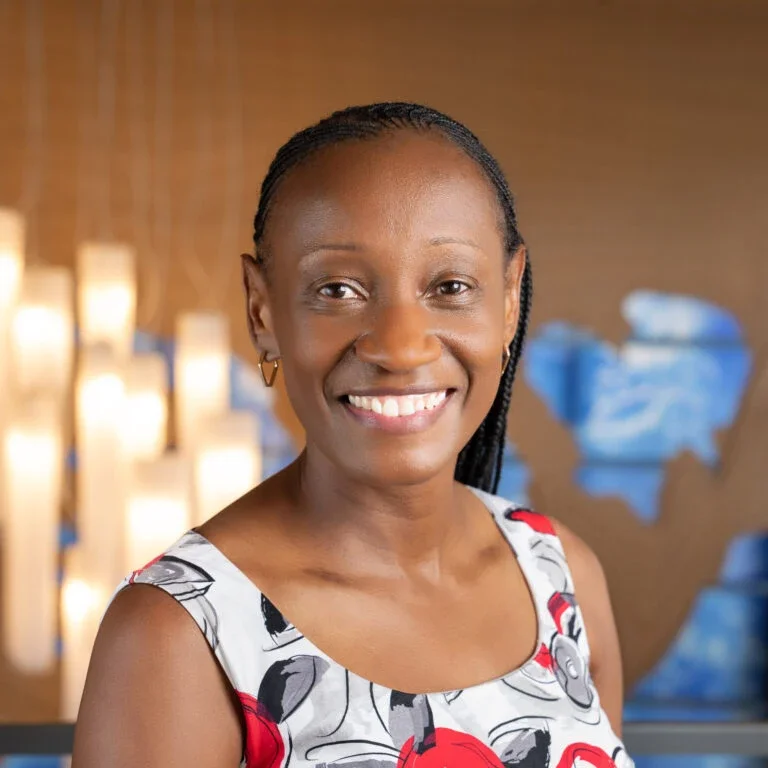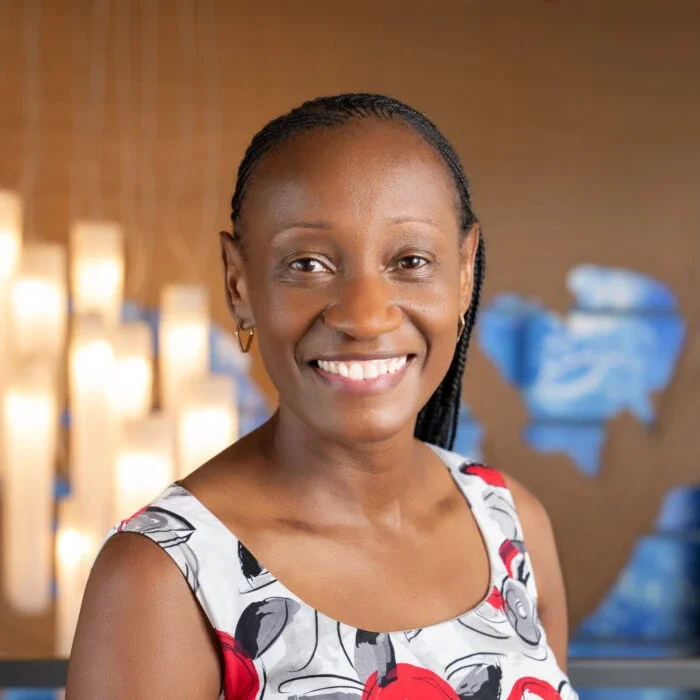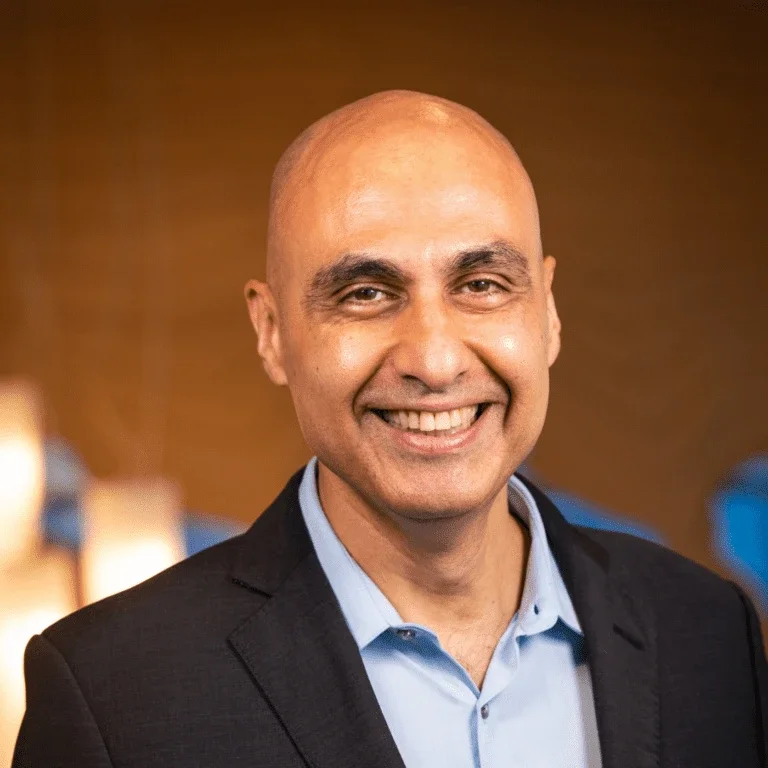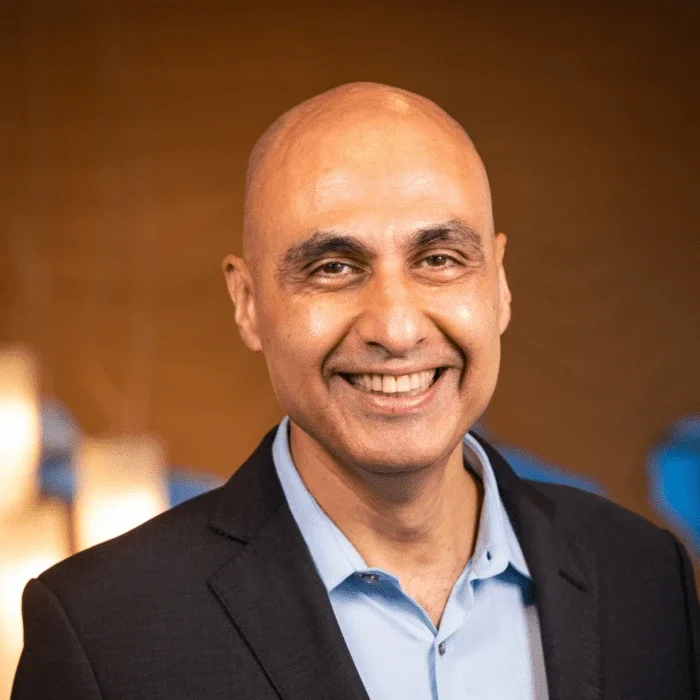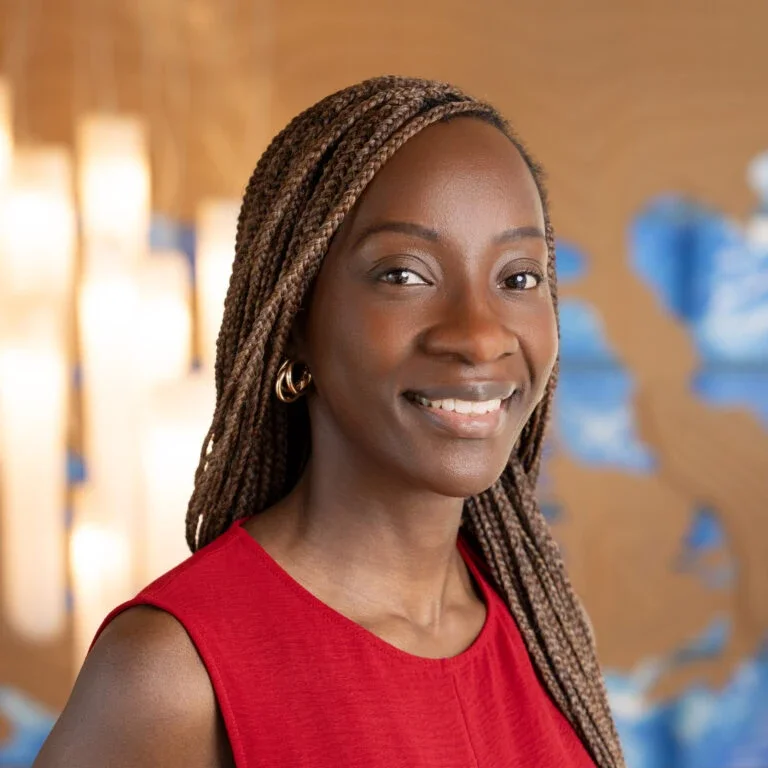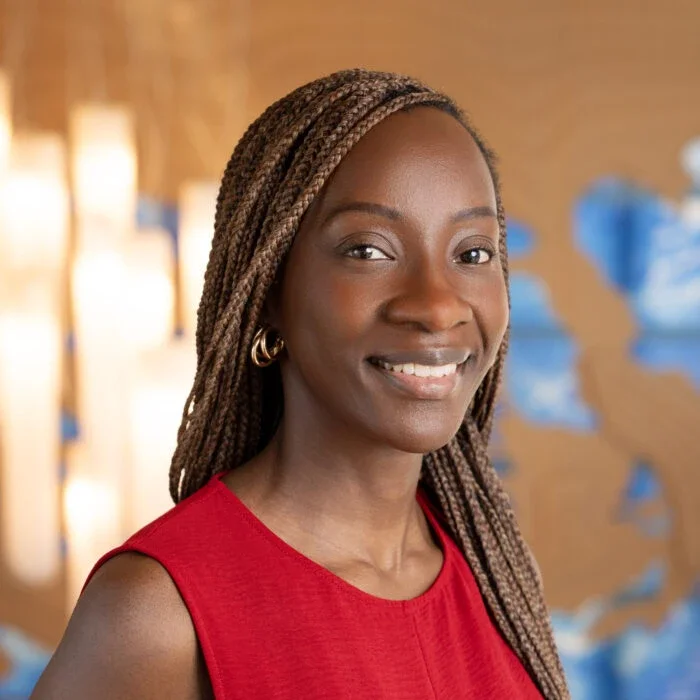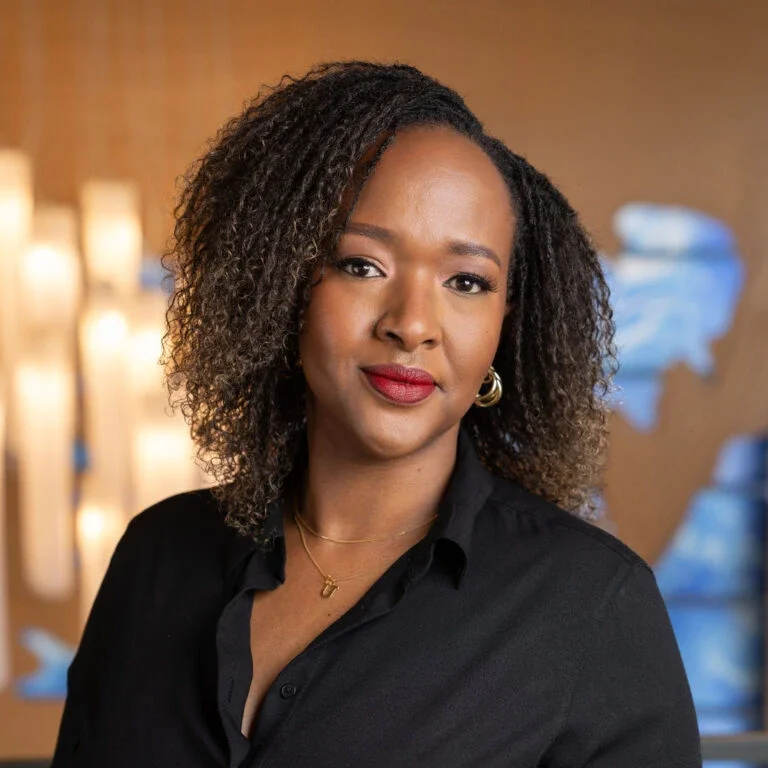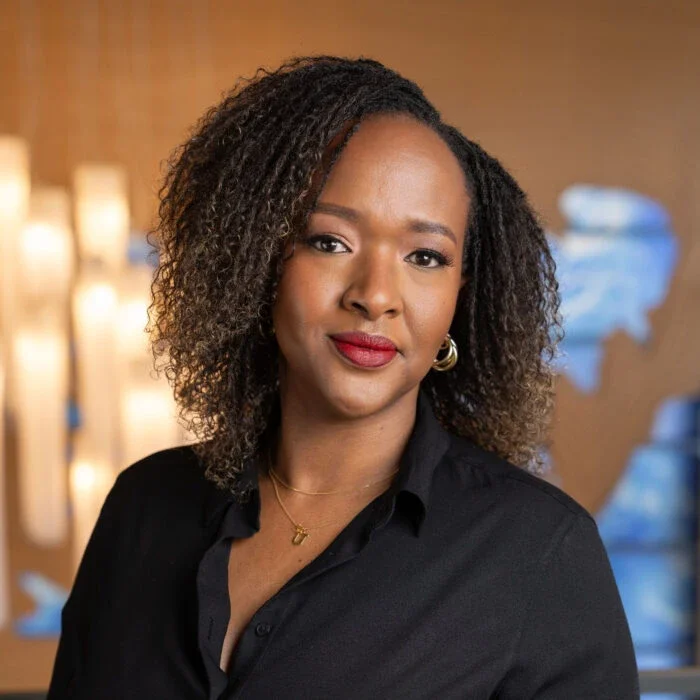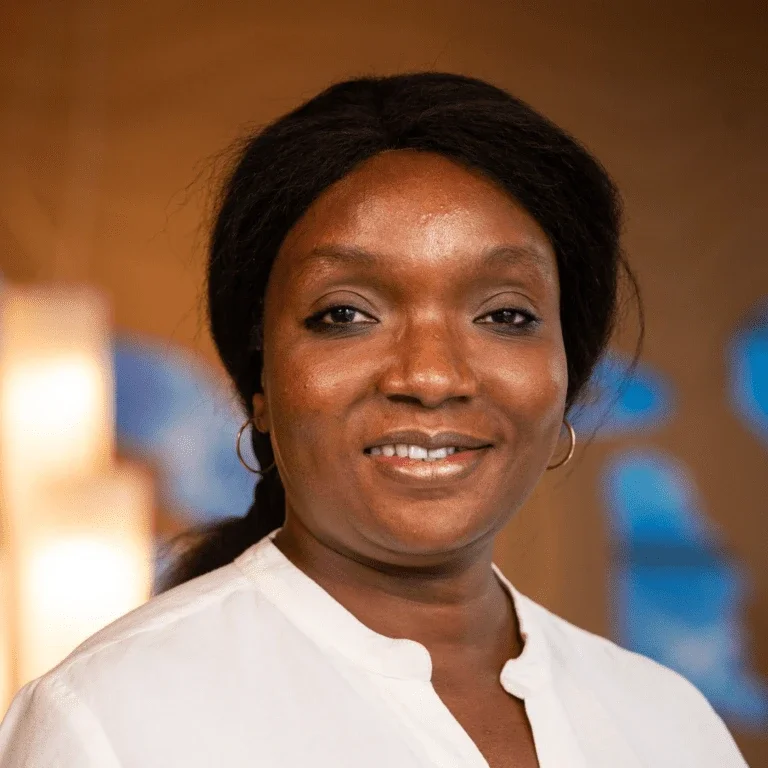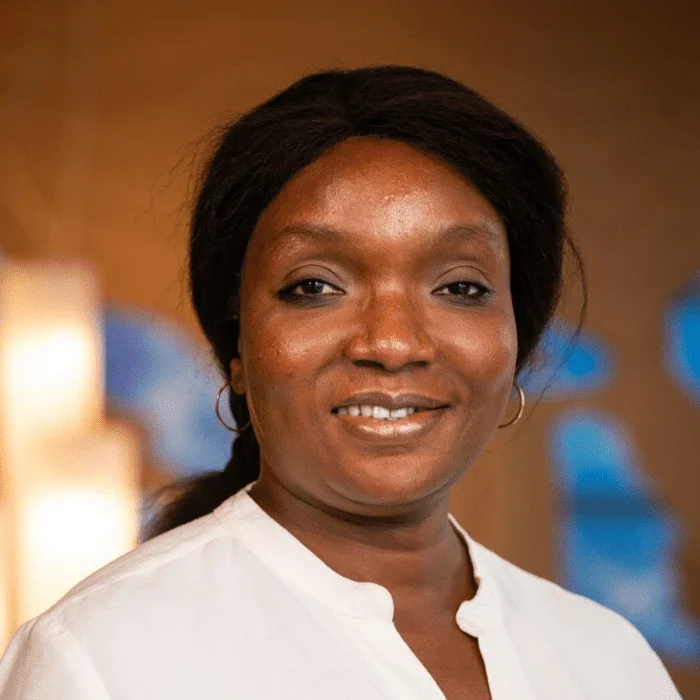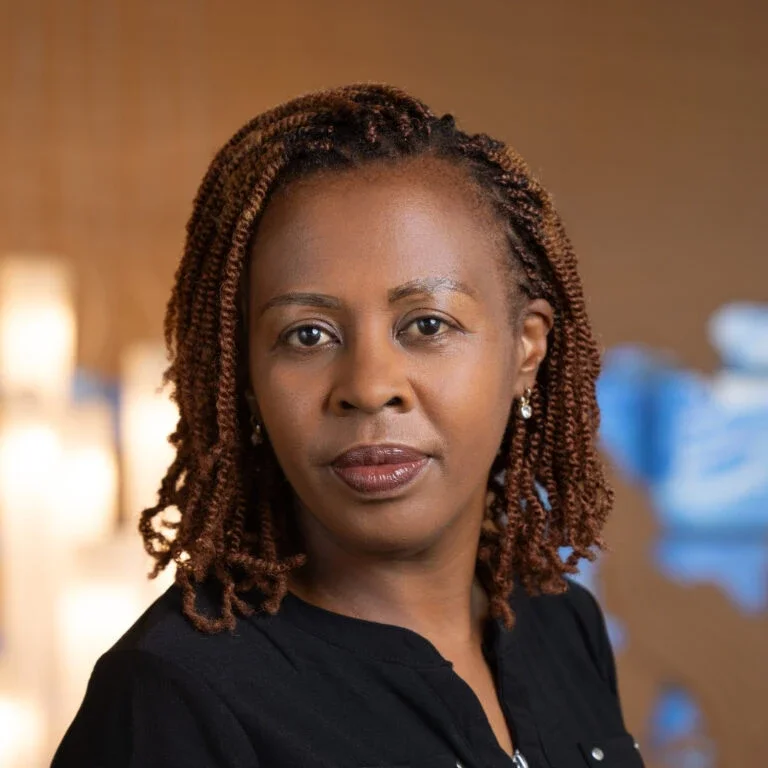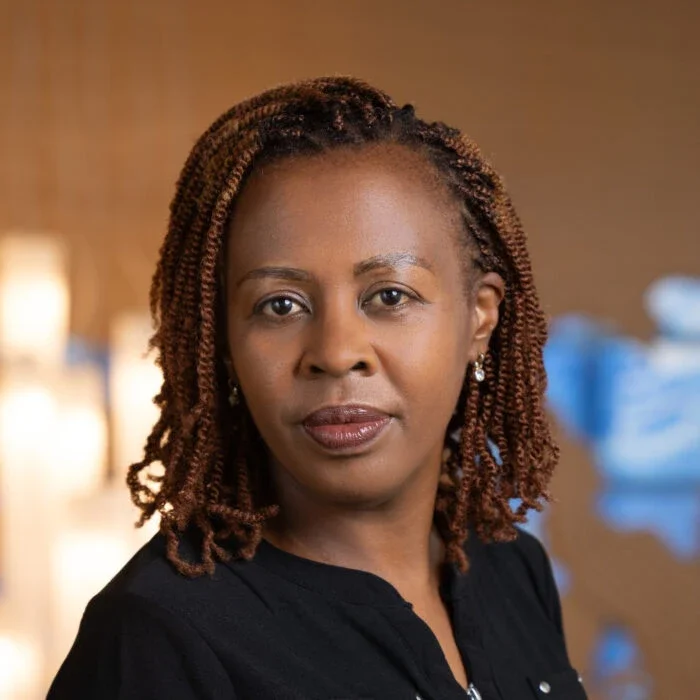Overview
Why It Matters
- $0BillionBillion
of global climate financing goes to Africa, accounting for only 12 percent of the total investment
- 0MillionMillion
Africans still lived entirely in the dark in 2023, representing more than 80 percent of the global population without electricity
- 0%%
of Africa's energy needs could come from renewable sources by 2040 with proper planning and funding, due to its abundant natural resources
Current Actions
Our Strategy
- 1Power: We work to bring renewable energy to sub-Saharan Africa, where 55 percent of the population has no access to electricity. We also seek to expand Africa’s role in the voluntary carbon market space, turning to Africa’s abundant natural resources.
- 2Food: We believe school meals are the most reliable social safety net, and are supporting nutritious meals, often sourced from local produce grown through regenerative methods.
- 3Health: We aim to strengthen community health systems with data-driven decisions. By leveraging health data, advocating for investment in climate-health initiatives, and supporting effective adaptation plans, we build capacity for climate-resilient health systems. We also foster collaboration across health, environment, and finance sectors to achieve health equity for all.
Our Regional Work
Stories from the Frontlines
Regional News
- Oct 22 2025Rockefeller Foundation and International Development Research Centre Advance Solutions to Protect People’s Health from Climate Change Impacts in Senegal and Uganda
- Oct 17 2025Statement by Dr. Rajiv J. Shah, President of The Rockefeller Foundation, on the Passing of the Right Honorable Raila Amolo Odinga of Kenya
- Sep 22 2025Remarks by Dr. Rajiv J. Shah at the Global Africa Business Initiative’s “Unstoppable Africa” Convening
Our People
